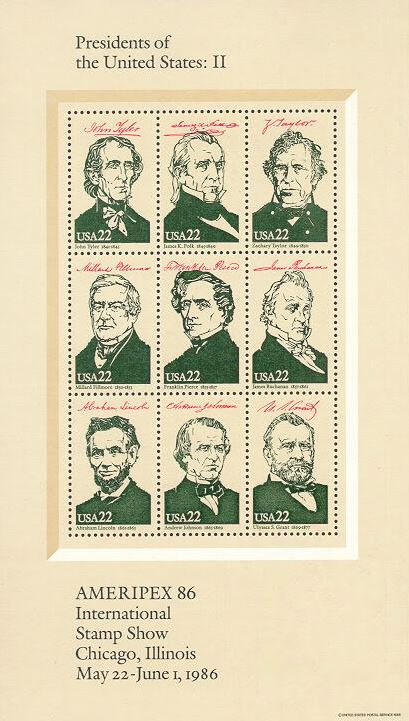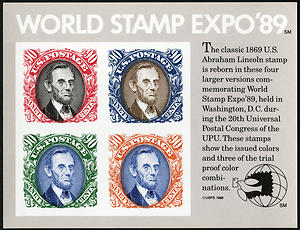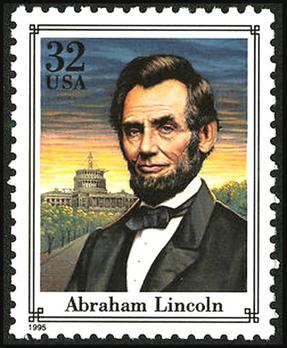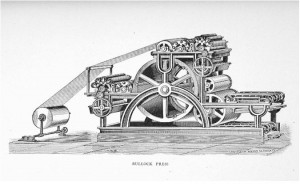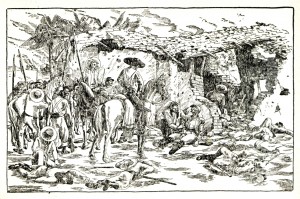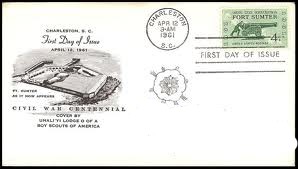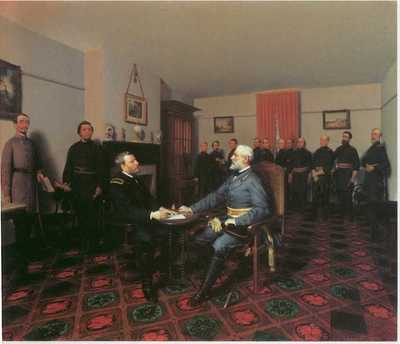Civil War Descendants of Nathaniel Gist
Posted By Norman Gasbarro on May 3, 2013
Christopher Gist, an immigrant from England around 1682, settled in the Baltimore area of Maryland in 1691. His marriage to Edith Cromwell had connected him to one of the prominent lines of English descent, that of Oliver Cromwell, the Lord Protector. The son of this marriage, Richard Gist (1684-1741), was the father of western explorer and surveyor Christopher Gist (1706-1759). Christopher’s journal, kept while working with George Washington in the Ohio River area in the 1750s provides much insight to the early history of that region as well as the activities of the French in the period of the French and Indian War. Christopher Gist married Sarah Howard of Maryland and with her had three sons. The first son, Richard Gist (1729-1780) was killed in the Battle of Kings Mountain during the American Revolution. The second son, Nathaniel Gist (1733-1796) is the subject of this post. A third son, Thomas Gist, settled in Kentucky some time after the American Revolution and became a militia training officer.
One of the earliest and most persistent legends about Nathaniel Gist (1733-1796) is that he was the father of famed Cherokee linguist Sequoyah (1767-1843). Sequoyah was the “inventor” of a syllabary or alphabet, which made it possible to read and write in the Cherokee language. It is not the purpose of this post to examine this legend further, but it would make an interesting story, if true, and give another line of descent of Nathaniel Gist not previously explored through the Civil War period. Sequoyah did have many children with several different wives as polygamy was common among the Cherokee.

Sequoyah (1767-1843)
The following excerpt from Chronicles of Oklahoma gives us some some clues as to the known Civil War era descendants of Nathaniel Gist (1733-1796):
After the close of the Revolution, 1783, [Nathaniel Gist] married Judith Cary Bell, a grandniece of Archibald Cary, mover of the Bill of Rights in the Virginia House of Burgesses. The daughters of the couple married distinguished men. Sarah Howard Gist married Jesse Bledsoe, a United States senator from Kentucky, characterized by Henry Clay as the most formidable man he ever met at the bar in Kentucky; Anne Cary Gist married Dr. Joseph Boswell; Eliza Gist married Francis Preston Blair, and they were parents of Montgomery Blair, a member of Lincoln’s cabinet, and Francis Preston Blair, Jr., who was a United States senator from Missouri and a brigadier-general in the Civil War; and Maria C. Gist married Benjamin Gratz, a wealthy citizen of Lexington.
Sarah Howard Gist (1785-1849)
The first mentioned daughter, Sarah Howard Gist (1785-1849) married Jesse Bledsoe (1776-1836), an ante-bellum U.S. Senator from Kentucky and a judge. They had a daughter, Judith Ann Bledsoe (1803-1827) who married Judge Mason Brown (1799-1867). Their son was Benjamin Gratz Brown (1826-1885).
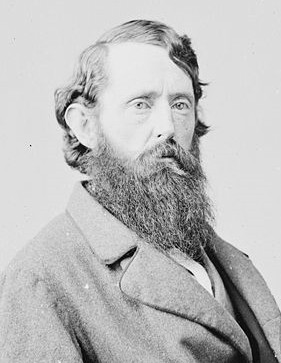
Benjamin Gratz Brown (1826-1885) – Great-Grandson of Nathaniel Gist (1733-1796)
Benjamin Gratz Brown (1826-1885) was a Civil War-era politician. He was a colonel of a U.S. Reserves regiment in the first part of the Civil War, a regiment that was formed mostly of St. Louis area German-Americans who became later a strong part of his constituency when he sought political office. B. Gratz Brown served as Senator from Missouri, Governor of Missouri, and later was selected as the Vice Presidential candidate for the Democratic Party in 1872 running with Horace Greeley, the newspaper editor. Greeley and Brown lost the popular vote and then Greeley died before the electoral vote was counted. When the electoral votes were counted, those votes that were to go to Greeley-Brown were divided up among many candidates, with Brown getting eighteen (18) electoral votes for president. Ulysses Grant won the election and became the eighteenth President of the United States.
——————————
Judith Cary Gist (1788-1839)
Judith Cary Gist (1788-1839), sometimes referred to as Anne Cary Gist, married Dr. Joseph Boswell (1783-1833). Their daughter was Anna Maria Boswell (1809-1893) who married Orville Shelby (1803-1835). Shelby had previously married the heiress Elizabeth Caroline Winchester (1802-1827) who died after giving birth to a son, Isaac, and leaving all her wealth to Orville Shelby. To the marriage of Orville Shelby and Anna Marie Boswell, a son Joseph Orville “Jo” Shelby (1830-1897) was born.
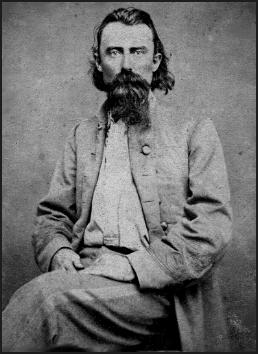
Joseph Orville “Jo” Shelby (1830-1897) – Great-Grandson of Nathaniel Gist (1733-1796)
Jo Shelby became a famous Confederate Cavalry General in the Civil War. He was a rope manufacturer with his cousin Howard Gratz in the pre-Civil War years and was one of the largest slaveholders in Missouri, slaves providing the labor on his hemp farm. In June 1865, Shelby refused to give up and escaped into Mexico, sinking his battle flag in the Rio Grande rather than surrendering it to the Union forces. In 1867 he returned to Missouri and after eventual reconciliation, he was appointed U.S. Marshal in 1893, a position he held until his death.
——————————
Elizabeth Violet Gist (1795-1877)
Elizabeth Violet Gist (1795-1877), known as “Eliza,” married Francis Preston Blair Sr. (1791-1876). They were the parents of Montgomery Blair (1813-1883) and Francis Preston Blair Jr. (1821-1875).
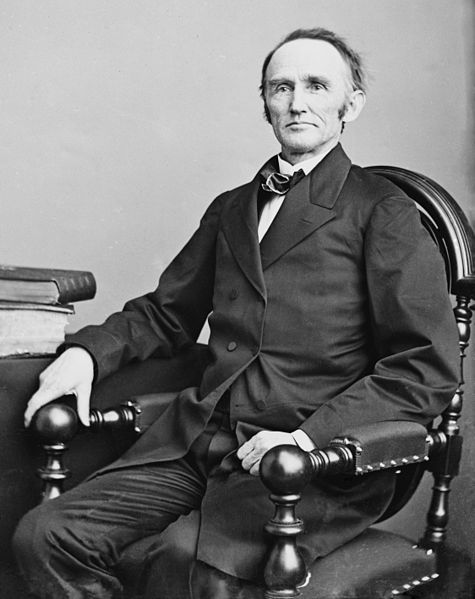
Montgomery Blair (1813-1883) – Grandson of Nathaniel Gist (1733-1796)
Montgomery Blair was a politician and lawyer from Maryland and despite his family’s slaveholder background, he became an active abolitionist. He was a loyal Unionist and a member of Abraham Lincoln‘s cabinet during the Civil War, serving as the nation’s Postmaster General until 1864. After the Civil War, he became disenchanted with the Republicans over their radical reconstruction policies and joined the Democratic Party. He supported his brother Frank Blair who ran for Vice President on the Democratic ticket in the election of 1868. Montgomery Blair married Mary Woodbury (1821-1875). Their great-grandchild was Hollywood actor Montgomery Clift.
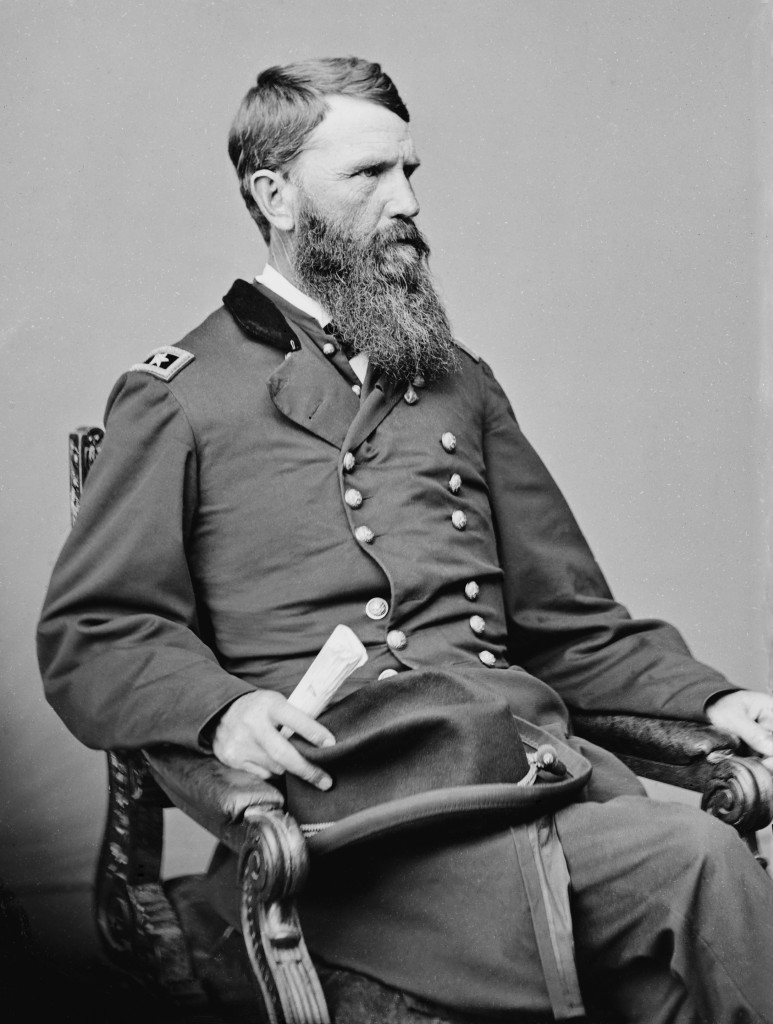
Francis Preston Blair Jr. (1821-1875) – Grandson of Nathaniel Gist (1733-1796)
Francis Preston “Frank” Blair Jr. (1821-1875) was a politician and Union general during the Civil War. He was a U.S. Senator from Missouri and in 1868, became the Democratic Party’s Vice Presidential nominee running with Horatio Seymour. In November 1862, he became a Major General and commanded troops at Vicksburg and followed Gen. William T. Sherman as a corps commander with in campaigns in Georgia and South Carolina. After the war he, like his brother, became disenchanted with the radical Republicans and left the party. Later he became crippled with paralysis and in his last days he lost his Senate seat. Missouri has honored him with at the U.S. Capitol with a statue in Statuary Hall.
——————————
Maria Cecil Gist (1797-1841)
The final daughter of Nathaniel Gist is Maria Cecil Gist (1797-1841). She married Benjamin Cattell Gratz (1792-1884). Benjamin was the younger brother of Simon Gratz (1773-1839) who has previously been mentioned as the founder of Gratz, Dauphin County, Pennsylvania. Simon’s son, Theodore Gratz (1811-1863), was the first mayor of Gratz, Pennsylvania, and his son John Gratz died of disease during the Civil War. John Gratz has been the subject of several prior posts on this blog. See: Corp. John C. Gratz – Fever Victim. Corp. John C. Gratz – 10th Pennsylvania Infantry. Corp. John C. Gratz – 96th Pennsylvania Infantry. Corp. John C. Gratz – A Mother’s Application for a Pension. Benjamin C. Gratz was the great-uncle of John Gratz, but there is little evidence that the families knew of each others’ activities.
Benjamin C. Gratz and Maria Cecil [Gist] Gratz had these children: Benjamin Gratz (1821-1830); Michael Bernard Gratz (1822-1889); Henry Howard Gratz (1824-1913); Hyman Cecil Gratz (1826-1966); Cary Gist Gratz (1829-1861); and an infant Gratz (1831-1831).
After the death of Maria Cecil [Gist] Gratz in 1841, Benjamin C. Gratz married his niece in about 1842; she was the daughter of his sister-in-law Judith Cary [Gist] Boswell. The daughter was Anna Maria [Boswell] Shelby, the widow of Orville Shelby. Into the Benjamin C. Gratz home came Anna Maria [Boswell] Shelby Gratz and her son Jo Shelby. Benjamin C. Gratz provided support for his grand nephew Jo Shelby and treated him fully as a son. Jo Shelby was about 12 at the time and about a year and a half younger than Benjamin’s son Cary Gratz. While most sources report that Jo Shelby and Cary Gratz were step-brothers, they actually were first cousins, once removed. Jo Shelby was the great-grandchild of Nathaniel Gist and Cary Gratz was the grandchild of Nathaniel Gist.
There are many stories of the Gratz household where Jo Shelby and Cary Gratz “grew up” together as step-brothers. Likewise, there are stories of Frank Blair coming into the household as a tutor to Jo Shelby in 1842 and 1843. Frank Blair had been kicked out of Yale University for “carousing” and later left Princeton after he shot a man in a barroom brawl. Blair’s father had sent him to live in the Gratz home to “calm down” and the hospitable Benjamin Gratz accepted his nephew in his extended family. Whether Blair calmed down is in question and he may have passed on his rebellious temperament to Shelby. What is not in question is that Jo Shelby and Frank Blair ended up as generals on opposite sides of the Civil War – both passionate in their belief that their side was right.
When Cary Gratz was killed at Wilson’s Creek in 1861, Jo Shelby was there fighting on the opposite side. Neither knew the other was in the battle. See: Gratz Family Civil War Stories.
From the New York Times obituary for Cary Gratz:
Capt. CARY GRATZ, who has been for about five years a citizen of St. Louis, is youngest son of BEN. GRATZ, of Lexington, Ky., one of the oldest and most honored citizens of that State, and intimately connected for a quarter of a century with the banking institutions of Kentucky. The family is a branch of the Philadelphia family of the same name. Capt. GARY GRATZ was first cousin of HON. F.P. BLAIR, and from the first outbreak of the war has been in the public service; and in his last battle he died with great gallantry. His father has hundreds of friends in this City and in Philadelphia who will be pained by his misfortune.
Also in the Gratz household was Henry Howard Gratz (1824-1913). “Howard” was more than five years Jo Shelby‘s senior, but ended up being the closest to Jo Shelby in the years after they both left the Benjamin Gratz household. Commercial hemp was a major cash crop in Kentucky in the pre-Civil War period. Jo and Howard joined forces and built a hemp business in western Missouri and by 1855 they owned the Waverly Steam Rope Company which included twenty slaves. They also owned 700 acres of farmland with all the luxurious trappings including a palace-like mansion named Mount Rucker. The bachelor Shelby was known as a “dandy” who wore fashionable clothes and was considered equally admired by men and women. As fate would have it, Jo Shelby ended up defending his lifestyle by siding with the South in the struggle that lay ahead.
Thus the descendants of Nathaniel Gist were contributors to the Civil War effort and era on both sides. Two U.S. Vice Presidential candidates, two generals, two U.S. Senators and a governor of Missouri; politicians, lawyers and judges, entrepreneurs, slave owners, abolitionists and a U.S. Marshal; and a Postmaster General and member of Lincoln’s cabinet. They all knew each other. The four Gist daughters married well and produced some of the notable figures of mid to late nineteenth century America.
Two mysteries still remain – whether Nathaniel Gist was the father of the Cherokee Sequoyah, and the genealogical connections to the Cromwell family. Those mysteries will be left to other researchers. The connection to the Gratz family of Philadelphia was described in this post, and thus the link with Gratz, Pennsylvania.
Information for this post was obtained from Wikipedia and from General Jo Shelby’s March by Anthony Arthur (published by Random House, 2010) in addition to other sources previously cited. Other information was from the files of the Gratz Historical Society. Portraits are from Wikipedia and are in the public domain because their copyright has expired.
—————————–
This post first appeared on this blog on 29 April 2011.
 ;
;






